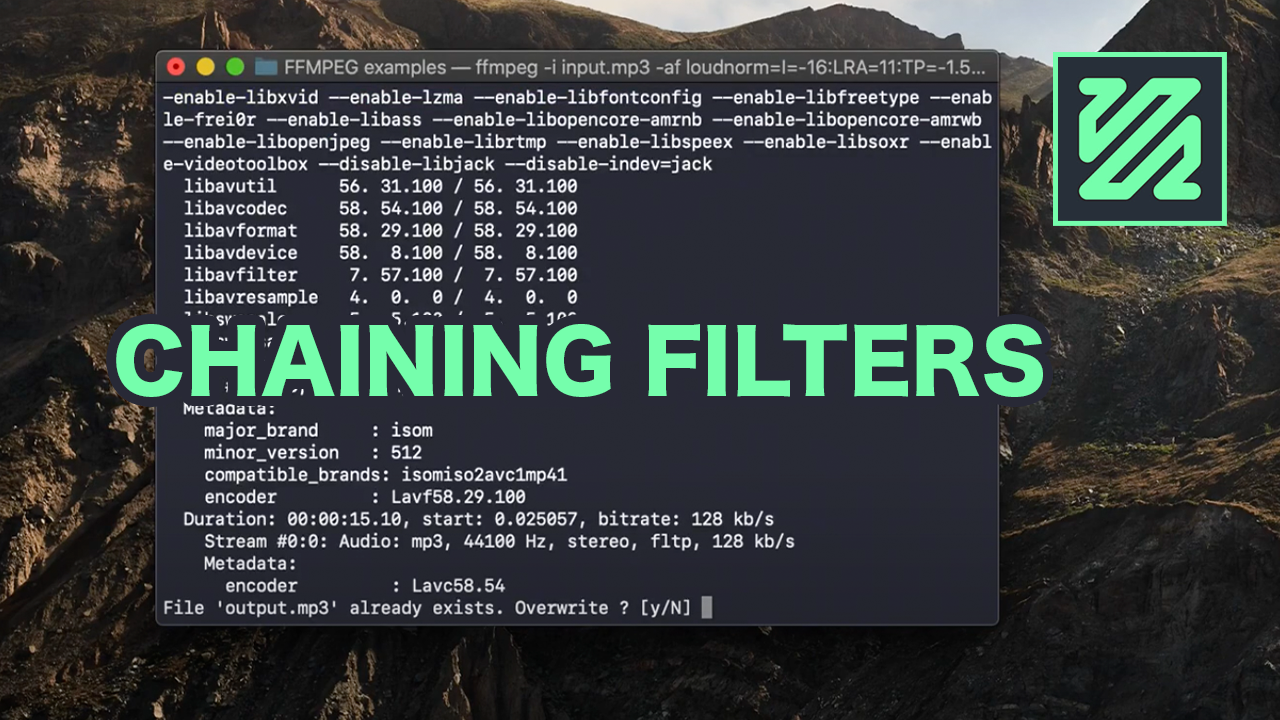
Here we have inserted the drawtext video filter into the processing pipeline. Add a timestamp to captured images ffmpeg -y -f v4l2 -video_size 1280x720 -i /dev/video0 \ The ffmpeg command will run until interrupted or killed.

Point the output file to a place served by your web server to make your camera image available on the web. Image2 muxer option, enable in place update of image file for each video output frame Set video quality, 2 is highest quality. Set output frame rate to one per 5 seconds Select input device (a UVC-compatible webcam in my case) Specify input format explicitly as capture from a Video4Linux2 device r 0.2 -qscale:v 2 -update 1 /tmp/webcam.jpg -f v4l2 Capture to an image file, continually overwriting it with new contents ffmpeg -y -f v4l2 -video_size 1280x720 -i /dev/video0 \ On a typical Debian-ish Linux distro, you will also want to add your user to the video and audio groups, so that you can easily access the webcam from a non-desktop session.

To list connected camera devices, you can use the command: v4l2-ctl -list-devices. To control web camera settings, use the tool v4l2-ctl. The examples are for Linux and access the web camera through the Video4Linux2 interface.


 0 kommentar(er)
0 kommentar(er)
